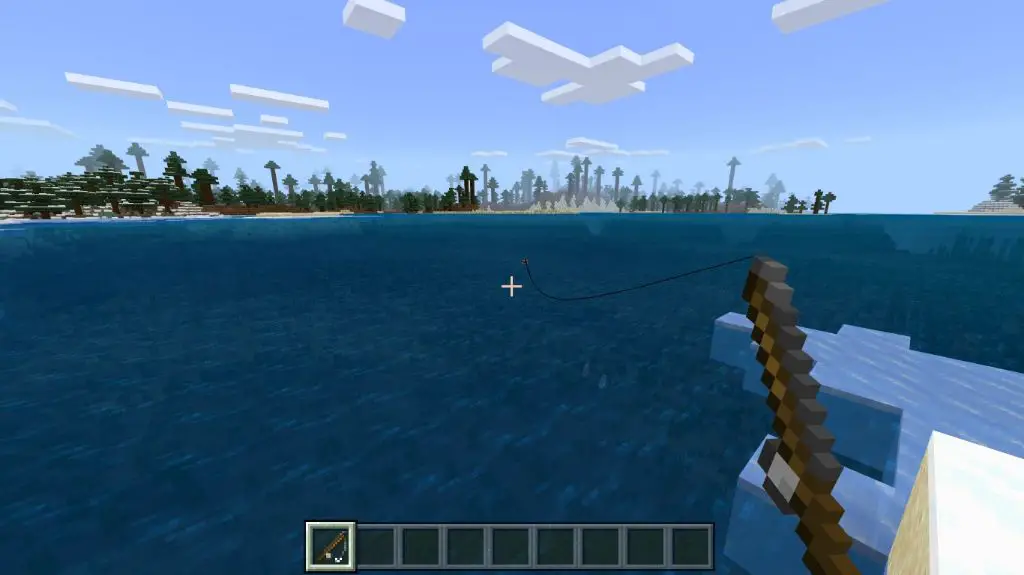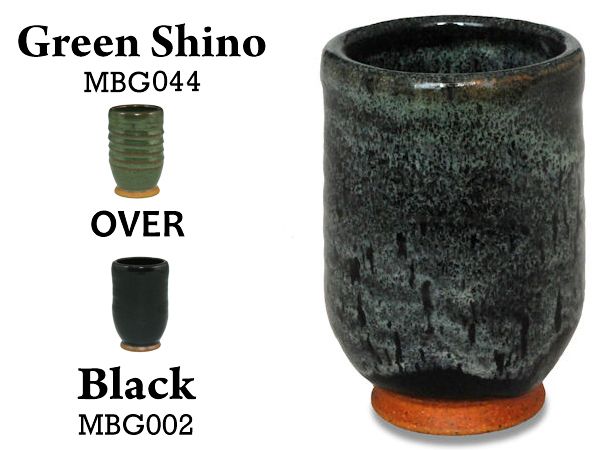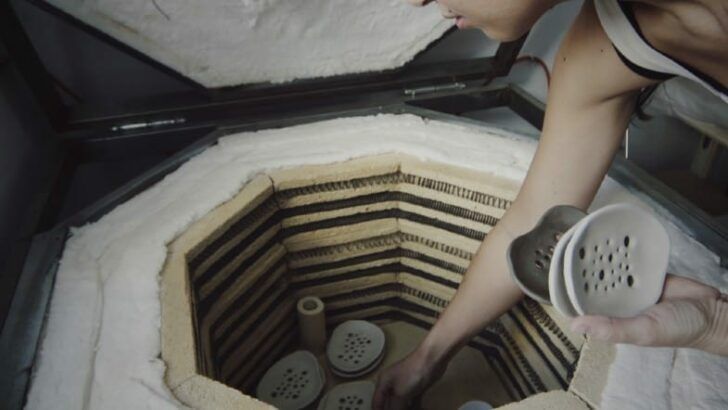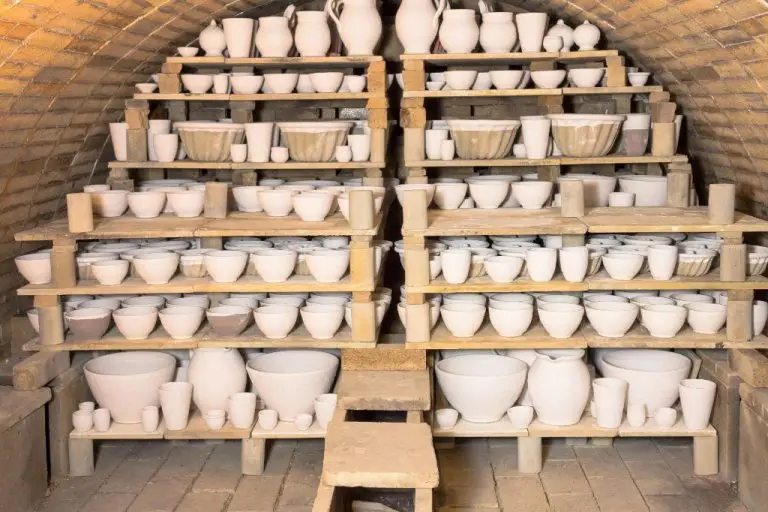How Common Is Clay In Stardew Valley?
Clay is an essential resource in the farming simulation game Stardew Valley. It is a material that can be obtained from various sources around Pelican Town and is primarily used for crafting and construction projects on the player’s farm.
Clay has a variety of uses on the farm. It is used to build Silo structures which are used to store hay for animals. Clay is also used in crafting objects like furnaces, bee houses, oil makers, and preserves jars. It is also used to craft paths and floors to decorate the farm.

Given clay’s importance for crafting and farm upgrades, obtaining a steady supply of clay is key in Stardew Valley. Luckily, there are numerous ways for players to find and collect clay as they progress in the game. This guide will explore the most common sources of clay and offer tips on the best methods to build up a clay supply.
Clay Spots
Clay spots are randomly appearing artifact spots that have a chance to drop clay when dug up with a hoe. According to TheGamer article , clay spots appear randomly each day across the Stardew Valley map, with a higher chance of spawning in certain areas like the Mountain, Forest, and Beach. The Reddit user guide here notes that clay spots become more common the deeper you go in the mines, particularly on floors 41-79. Focusing your artifact spot digging efforts in the mines, as well as hotspots on the surface like the Mountain, can yield the most clay.
Digging Artifact Spots
One way to obtain clay in Stardew Valley is by digging up artifact spots scattered around the farm and town. Artifact spots have a small chance to produce clay when dug up with a hoe [1]. The type of item received from an artifact spot is random. However, artifact spots located in the Mountain and Forest farm maps have a higher chance of yielding clay compared to other locations [2].
Artifact spots respawn each day, so checking spots regularly is a good way to accumulate a stockpile of clay over time. Focus on digging spots scattered around the mountain and forest areas to maximize the chance of obtaining this useful resource.
Fishing Treasure Chests
One of the ways to obtain clay in Stardew Valley is by fishing up treasure chests. When fishing, there is a small chance that instead of catching a fish, you’ll hook a treasure chest. These chests contain various random items, including clay. According to the Stardew Valley Wiki, the chance to catch a treasure chest starts at around 1% at Fishing level 1 and increases as you level up your fishing skill, up to around 11% at Fishing level 10.
Inside treasure chests, the chance to find clay also increases with higher fishing levels. At Fishing level 1, there is only a 5% chance for a treasure chest to contain clay. By Fishing level 10, there is a much higher 25% chance to find clay inside chests. So having a higher fishing skill will significantly improve your odds of fishing up clay rewards.
Certain fishing spots, like the Mountain Lake, also have an increased chance of producing treasure chests. So focusing your fishing efforts in treasure hotspots can be a good strategy if you are specifically trying to collect more clay.
Hoeing Soft Soil
A common way to get clay is by hoeing soft soil spots around the farm and valley. Soft soil spots have a small chance of producing 1-4 clay when hoed. According to Hackernoon, the best spots to hoe for clay are worm spots, which have an increased chance of dropping resources like clay.
While hoeing soft soil can produce clay, it’s not the most efficient farming method. The drop rate for clay is low, so players may have to hoe many spots before finding clay. Worm spots help improve the odds, but it still involves luck and patience. Overall, hoeing soil can supplement other clay collecting methods in Stardew Valley.
Slimes
Slimes are gelatinous creatures found in the mines and secret woods of Stardew Valley. While slimes don’t directly drop clay, they have a small chance of dropping items that can be processed into clay such as Frost Jelly and Squid Kid (The Gamer). Frost Jellies have a 0.5% chance and Squid Kids have a 2% chance of being dropped by slimes when slain.
The drop rates for these items are quite low. Farming slimes by battling them in the mines or raising them in Slime Hutch on your farm are not efficient methods for accumulating large amounts of clay. Slimes can provide small, supplemental amounts of clay but are not a reliable primary source (Reddit).
Geodes
One way to obtain clay in Stardew Valley is from geodes. Geodes can sometimes be acquired from monsters in the mines, fishing treasure chests, or as a reward for completing the museum collection. When a geode is cracked open with a Geode Crusher or taken to the Blacksmith to be broken, there is a chance it will contain clay.
Omni Geodes in particular have the highest chance of producing clay when opened. Omni Geodes are found primarily by fishing treasure chests in the ocean. According to the Stardew Valley Wiki, Omni Geodes have a 23% chance of containing clay. So cracking open Omni Geodes can be a good tactic for accumulating clay.
Travelling Cart
The Travelling Cart is a special merchant that visits the Stardew Valley on Fridays and Sundays. At the Travelling Cart, players have a small chance of purchasing Clay directly from the merchant.
According to the Stardew Valley Wiki, Clay can be purchased from the Travelling Cart for 150-300g per piece. However, the stock is random each week so Clay may not always be available. The Travelling Cart can be an unreliable source, but players who check regularly may get lucky and find some Clay for sale.
Overall, while not a guaranteed Clay source, the Travelling Cart provides another option for obtaining small amounts of Clay by purchasing it directly. Just don’t expect Clay to be in stock each week.
Krobus
One source of Clay in Stardew Valley is from Krobus, the sewer-dwelling NPC. Krobus will sell various items on Wednesdays inside the Sewer, including Clay.1 He charges 80g per Clay, which can be a handy option when Clay is needed for crafting or construction projects on the farm. However, Krobus only stocks a limited quantity of Clay per week. Once he runs out for that week, no more will be available until the following Wednesday.
So visiting Krobus early on Wednesdays is advised if buying multiple Clay. His stock is reset weekly, so late in the day Krobus may no longer have any left to sell.
Conclusion
Clay is available across many areas of Stardew Valley, but the most efficient methods for collecting it regularly are digging up artifact spots, fishing treasure chests, and breaking open geodes. By regularly checking the beach and mountain for artifact spots, fishing in the ocean and mountain lake, and processing geodes found in the mines, you can amass a steady supply of clay. Having a surplus of this important crafting material allows you to make bricks, field retainers, lightning rods, and other items as soon as you need them for farm upgrades and crafting recipes. Making clay collection a regular part of your daily routine in Stardew Valley ensures you’ll have the resources on hand for all your construction and crafting needs.




